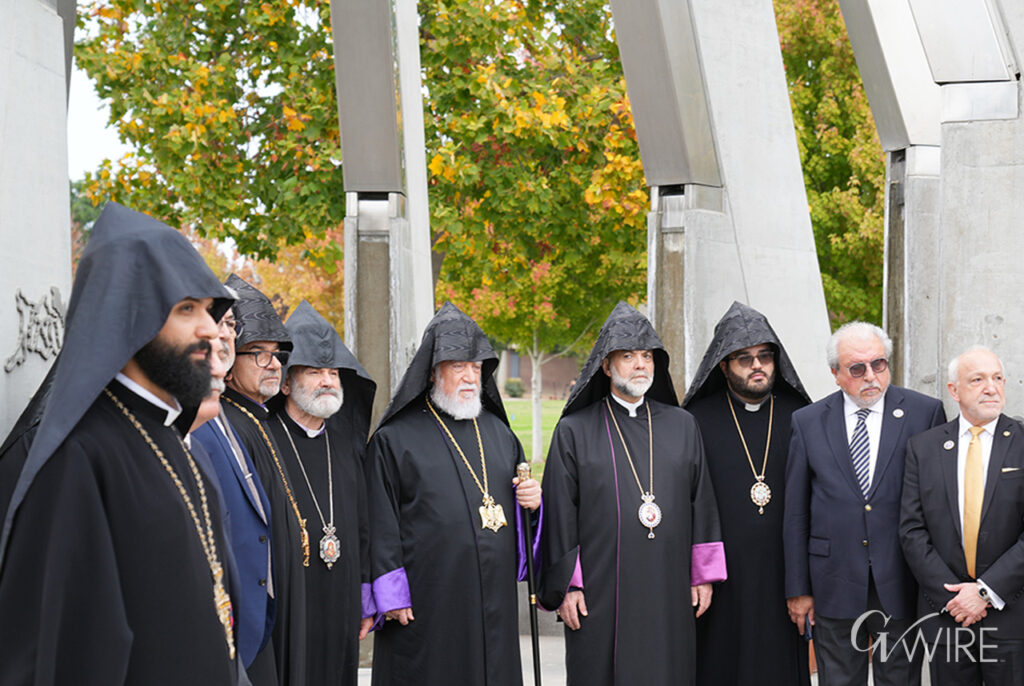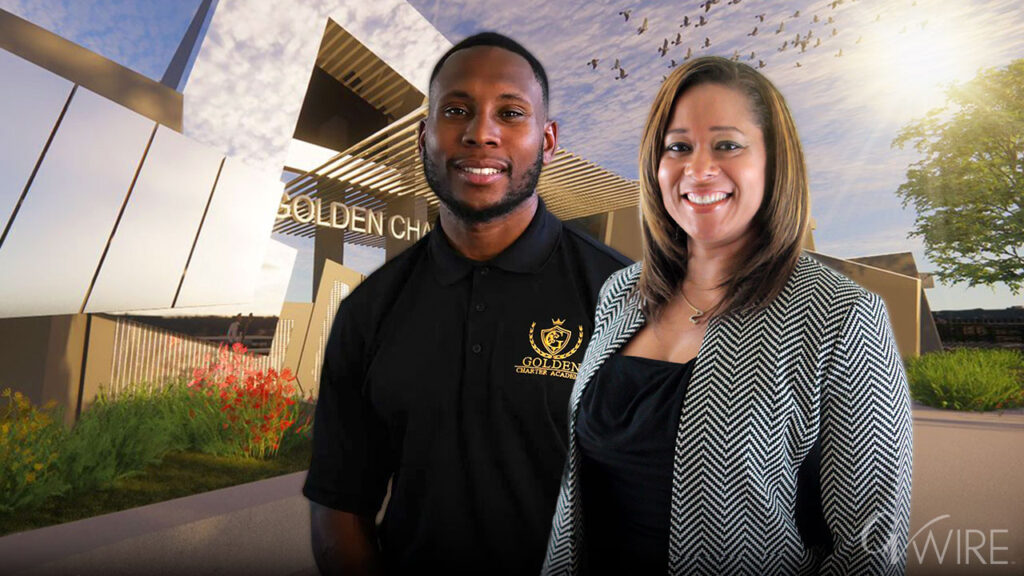FILE PHOTO: Marlean Ames sits for a portrait at the law office of Edward Gilbert, her lawyer, in Akron, Ohio, U.S., February 13, 2025. REUTERS/Megan Jelinger/File Photo

- Supreme Court unanimously rules majority-group plaintiffs need same evidence as minorities.
- Ohio woman's discrimination lawsuit against state agency gets second chance in court.
- Justice Jackson writes decision eliminating special requirements for reverse bias claims.
Share
WASHINGTON (Reuters) -The U.S. Supreme Court made it easier on Thursday for people from majority backgrounds such as white or straight individuals to pursue claims alleging workplace “reverse” discrimination, reviving an Ohio woman’s lawsuit claiming she was illegally denied a promotion and demoted because she is heterosexual.
The justices, in a 9-0 ruling authored by liberal Justice Ketanji Brown Jackson, threw out a lower court’s decision rejecting a civil rights lawsuit by the plaintiff, Marlean Ames, against her employer, Ohio’s Department of Youth Services. Ames said she had a gay supervisor when she was passed over for a promotion in favor of a gay woman and demoted, with a pay cut, in favor of a gay man.
Title VII Requirements Under Scrutiny
The dispute centered on how plaintiffs like Ames must try to prove a violation of Title VII of the Civil Rights Act of 1964, which prohibits discrimination based on race, religion, national origin and sex – including sexual orientation.
Ames challenged a requirement used by some U.S. courts that plaintiffs from majority groups must provide more evidence than minority plaintiffs to make an initial – or “prima facie” – claim of discrimination under a 1973 Supreme Court ruling that governs the multi-step process employed to resolve such cases.
These courts include the Cincinnati-based 6th U.S. Circuit Court of Appeals, which ruled against Ames. They require majority-group plaintiffs to show “background circumstances” indicating that a defendant accused of workplace bias is “that unusual employer who discriminates against the majority.”
Court Establishes Equal Standards for All Plaintiffs
Jackson, writing for the Supreme Court, said that both the language of Title VII and the court’s precedents make clear that there can be no distinctions between majority-group and minority-group plaintiffs.
“By establishing the same protections for every ‘individual’ – without regard to that individual’s membership in a minority or majority group – Congress left no room for courts to impose special requirements on majority-group plaintiffs alone,” Jackson wrote.
Ames, 61, sued in 2020 seeking monetary damages. She argued that she was discriminated against in her department’s 2019 employment decisions because she is heterosexual in violation of Title VII and that she was more qualified than the two gay people given the job positions instead of her.
“I was straight and pushed aside for them,” Ames told Reuters in February.
Legal and Political Implications
The 6th Circuit said Ames could not satisfy the “background circumstances” requirement by showing that a gay person made the employment decisions in favor of gay people. The two people who had authority in those personnel decisions, the 6th Circuit noted, were straight.
Republican Ohio Attorney General Dave Yost’s office in court papers defended the employment actions concerning Ames as part of a Department of Youth Services restructuring and said department leaders felt she lacked the vision and leadership skills needed for the newly created job for which she applied.
On his first day back in office in January, Republican President Donald Trump ordered the dismantling of diversity, equity and inclusion policies in federal agencies and encouraged private companies to follow suit.
The NAACP Legal Defense & Educational Fund and other civil rights groups told the Supreme Court in a legal filing that Ames was asking the justices “to interpret Title VII in a way that ignores the realities of this country’s persisting legacy of discrimination in evaluating disparate-treatment claims.”
These groups said the “background circumstances” inquiry lets courts account for the reality of historical and present-day discrimination “against certain minority groups like Black and/or LGBTQ people, and the virtual absence of widespread discrimination targeting certain majority groups like white people and straight people.”
The Supreme Court heard arguments in the case on February 26.
(Reporting by Andrew Chung; Editing by Will Dunham)
RELATED TOPICS:
Categories

Kazakhstan to Join Abraham Accords, Trump Says

Who Will Replace Pelosi in Congress?


















